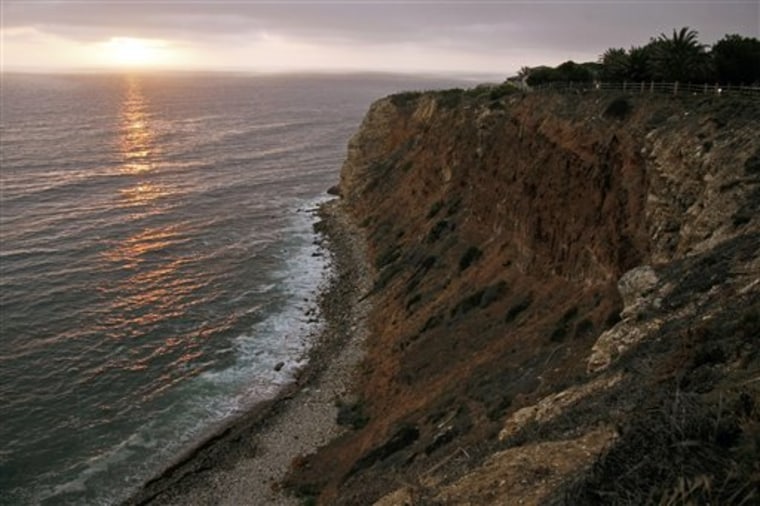A plan to cap a vast, long-neglected deposit of the pesticide DDT on the ocean floor off Southern California got its first public airing Tuesday — nearly four decades after the poison was banned from use.
The estimated $36 million proposal by the U.S. Environmental Protection Agency calls for a cover of sand and silt to be placed over the most contaminated part of the estimated 17-square-mile area declared a Superfund site in 1996.
The cap won't clean the site, but it could reduce the health risks for people who eat fish caught off the Palos Verdes coast, said Mark Gold, executive director of the watchdog group Heal the Bay.
"I think it's a huge development," he said. "We have the worst DDT hotspot in the entire U.S."
About 30 people attended the first of several hearings planned this week, as the EPA decides whether to move ahead with its plan or modify it. It was held at a facility at Cabrillo Beach in the San Pedro district of Los Angeles.
Carmen White, remedial project manager for the EPA's Superfund division, said the agency is finally moving to deal with the contamination after taking time to collect critical data.
"We finally had enough data that we feel we are ready to make a decision," she said.
Erosion taking a toll
She also pointed out there had been some erosion in the middle of the contaminated site, thinning a critical layer of silt already covering the DDT and PCB located there.
White said the new cap would be 18 inches thick and about 300 acres wide.
Alfonso Montiel, who works at a local aquarium, has been helping the EPA reach out to inform fishermen of the contamination problem.
"People are completely unaware that this ever happened," he said.
From 1947 to 1971, the Montrose Chemical Corp. released more than 1,700 tons of the pesticide into Los Angeles sewers that emptied into the Pacific Ocean. Several other industries discharged PCBs into the sewer system.
DDT was banned in 1972, but more than 110 tons of DDT remain in the contaminated sediment on the Palos Verdes shelf.
In 2000, the now-defunct Montrose firm and three other chemical companies agreed to pay a total of $73 million to help restore the ocean environment off Palos Verdes, located southwest of the Port of Los Angeles.
Another $64.5 million came from the Los Angeles County Sanitation District, which operated the sewers, about 150 municipalities that used the sewers and three other companies that passed DDT into the ocean.
Chemicals make way into food chain
High levels of DDT and PCBs can get into the food chain by accumulating in fish, birds, worms and microorganisms. Human consumption can harm the liver and central nervous system and increase cancer risks.
The state Office of Environmental Health Hazard Assessment has said fish in the waters off Palo Verdes and other Southern California beaches have shown high levels of DDT and warnings have been issued since the 1980s about eating the fish.
DDT is also blamed for thinning the eggshells of birds such as bald eagles, brown pelicans and peregrine falcons, preventing the eggs from hatching.
Federal agencies announced in 2000 that part of the cleanup settlement money would likely go toward capping the site. The EPA began a pilot program to evaluate capping methods, and in 2002 the agency concluded it would be effective.
Gold wants to see the cap made bigger and thicker.
"It's just dealing with the worst of the worst hot spots," he said. "It certainly isn't going to reduce the levels to a point that it is no concern."
